Best Horror Movies on Hulu for Halloween 2022
Halloween is almost here, so if you are looking to usher in the spooky season on Hulu, we've got the best horror movies and chills you can enjoy.
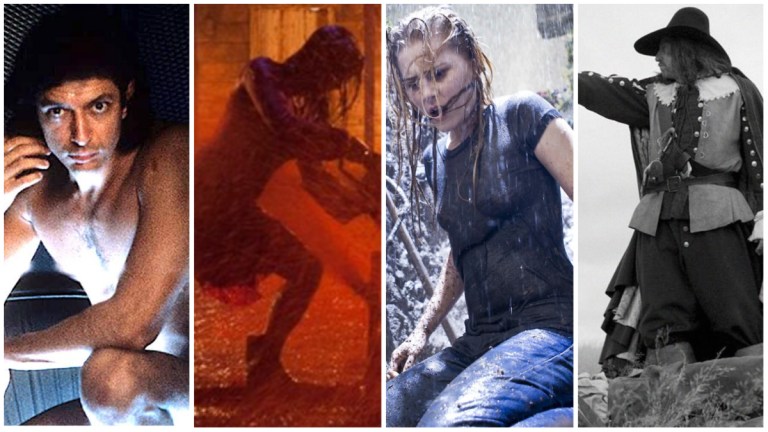
Halloween is approaching, which means now is the best time of year to watch horror movies all night long for days on end. Problem is, there are so many scary movies to choose from that it’s hard not to get lost in the streaming service shuffle, scrolling aimlessly as dozens of movies you kind of want to watch fly across your screen. You can ultimately end up forgetting why you were looking in the first place.
To help narrow things down, we’ve compiled a list of the best horror movies streaming on Hulu right now, from obscure indie midnight movies to tried-and-true horror staples, to genre-bending modern classics.
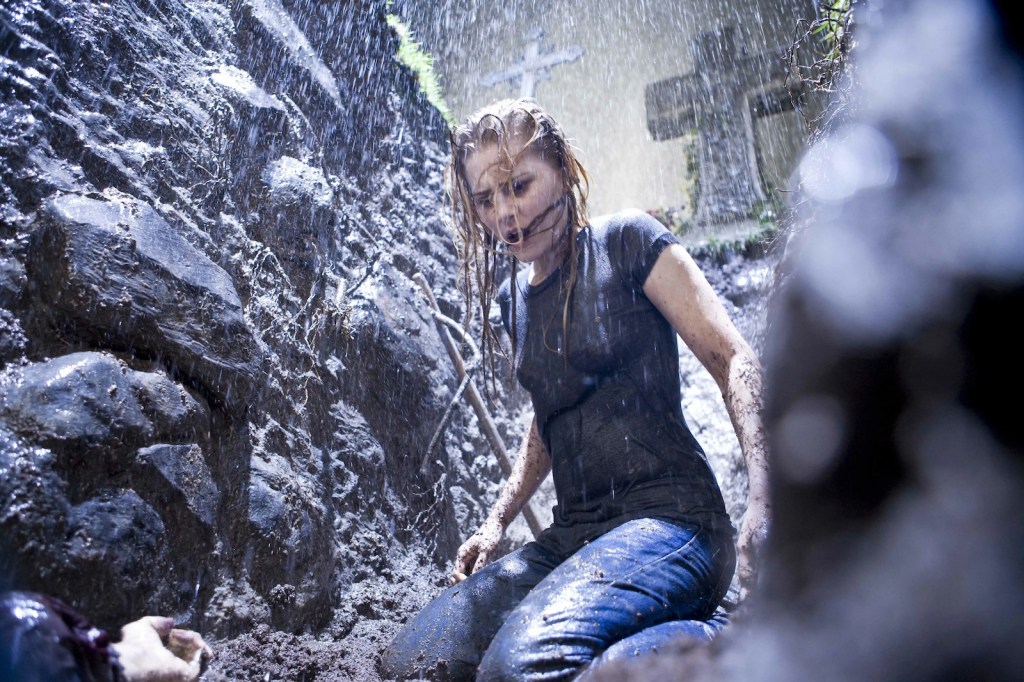
Drag Me to Hell (2009)
Sam Raimi is completely in his bag with Drag Me to Hell, one of the most kickass, hilarious, melt-your-face-off horror movies of the modern era. While most argue that Evil Dead II is his magnum opus, Drag Me to Hell may be the best Raimi film to show someone who’s never seen his work before. It’s wickedly entertaining, looks slick as hell, and serves as a perfect encapsulation of his distinctive take on comedy/horror.
Alison Lohman plays a loan officer who evicts an old woman from her home and subsequently falls victim to a curse that dooms her to be—you guessed it—dragged to hell. As a payoff, the final act is an absolute showstopper. Raimi pulls out all the stops, and all but forces you to gawk at the sheer absurdity of it all. He returned to this mode to a certain extent in Doctor Strange in the Multiverse of Madness, but all in all, Drag Me to Hell is a celebration of Raimi at his most playful and potent.
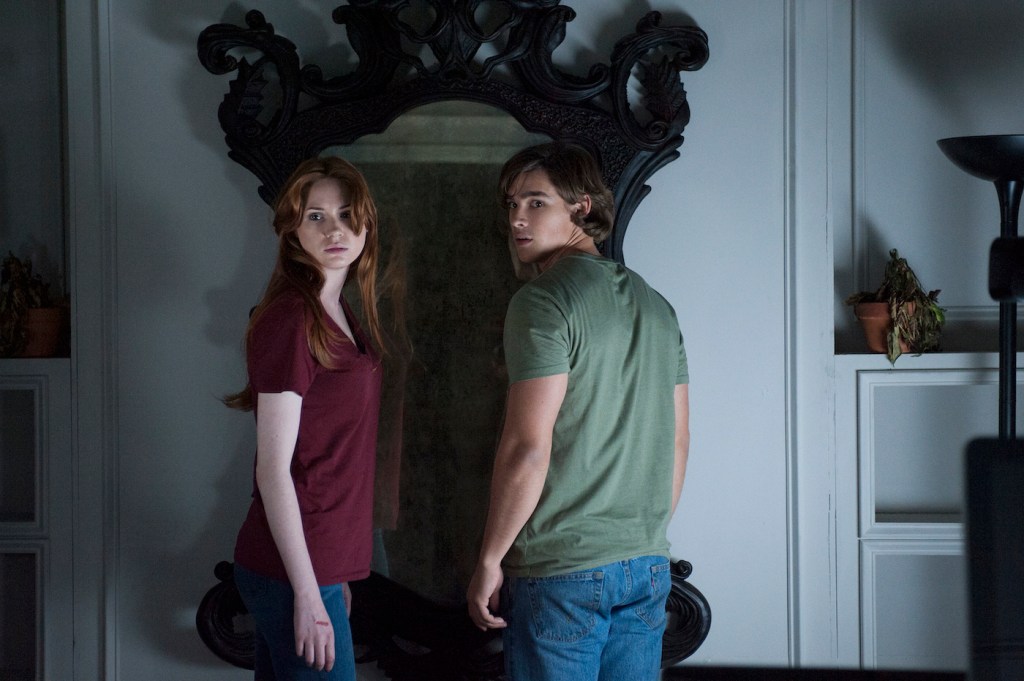
Oculus (2013)
As an analogy for family dysfunction caused by mental illness, Oculus is extraordinary; as a horror movie, it’s actually even better. Mike Flanagan’s supernatural family drama is as cerebral as it is spine-chilling, using the power of subjectivity to make viewers feel like they’re in the same mangled mind state as the tormented family members who fall victim to hallucinations cast upon them by a haunted mirror. The symbolism of reflections and duality runs deep and can be spotted all over the film, even in the storytelling sense.
The two-pronged narrative jumps back and forth between timelines to brilliant effect, constantly recontextualizing the horrors siblings Kaylie (Karen Gillan) and Tim (Brenton Thwaites) confront in their childhood home, where they lost their parents in gruesome fashion. There are definitely some semi-cheap jump-scares scattered throughout the film, but the movie is so thematically strong that even the most rudimentary, “don’t look behind you” stuff is made potent by the story and atmosphere it’s embedded in.
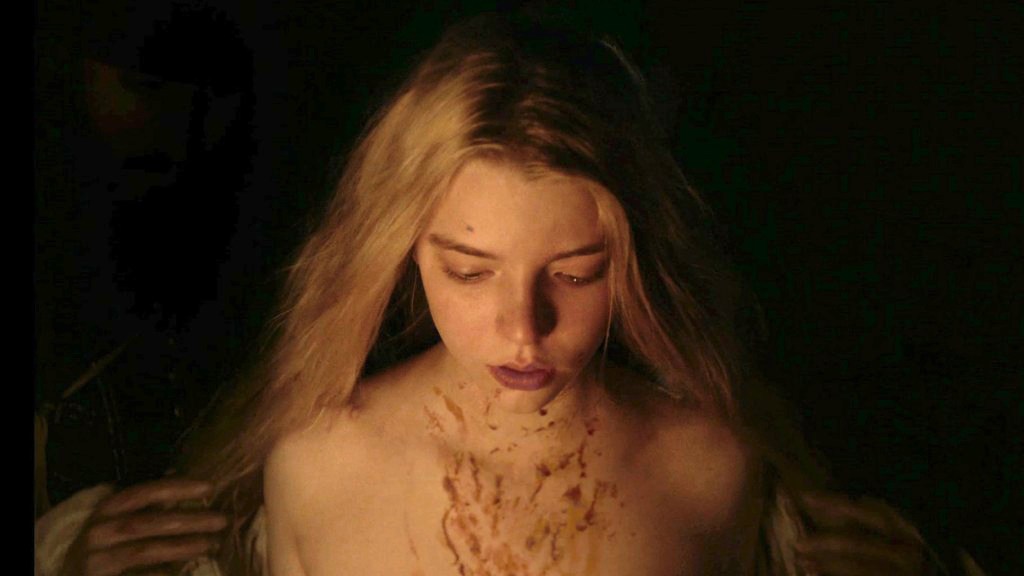
The Witch (2015)
There’s something about The Witch that feels ancient, like it’s always been there. Robert Eggers’ atmospheric horror period piece is so enthralling and immersive in its every facet that it forces even the most jaded horror fan to let down their guard and stop trying to constantly stay ahead of the story, predicting every move Eggers is about to make. The thing is Eggers has no moves—he doesn’t contrive anything. His story unfolds naturally, and you have no choice but to get swept up in it, especially considering the power of the acting throughout (Anya Taylor-Joy makes her compelling debut here).
There are signals as to what’s really going on plot-wise in the film (peep the corn!), but the plot is beside the point. The movie is truly about betrayal and paranoia tearing a family apart from the inside. Yes, they happen to live in 1600s New England, but it’s no less relevant a cautionary tale when transposed to modern family life in America. Trust in others is a fragile thing, especially when tempted to “live deliciously” on one’s own terms.
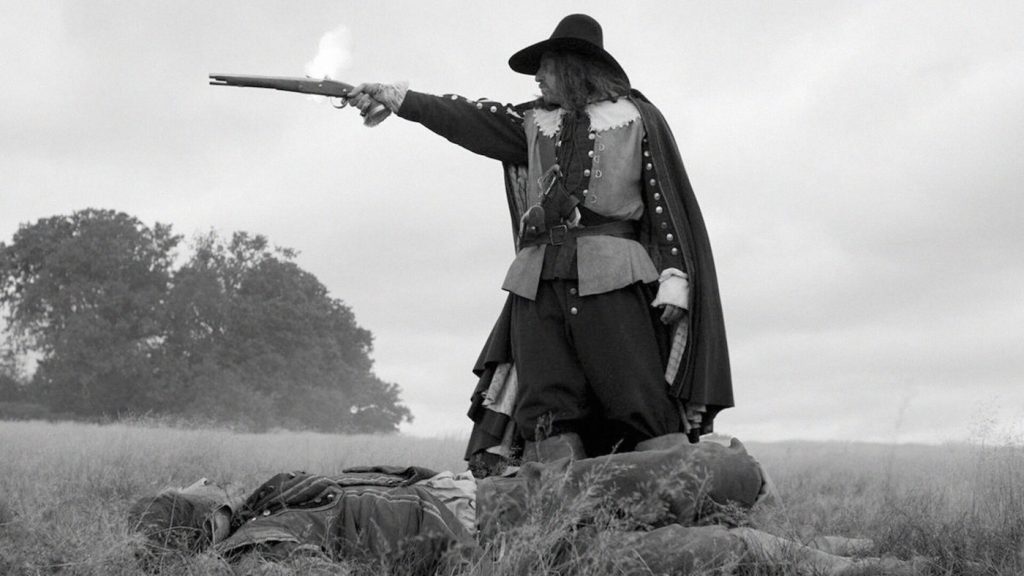
A Field In England (2013)
A Field In England isn’t scary in the way that most other horror movies are scary. It’s a brutally abstract, absolute trip of a movie, to the point where it’s almost incomprehensible at times. Still, its maddening black and white imagery and scenes of psychological suffering aren’t easily forgotten, and Ben Wheatley’s disorienting style is intoxicating and unique enough to make the film a must-watch for those with an affinity for artsier horror offerings.
Set during the English civil war, the film follows a handful of deserters who become ensnared by a necromancer (Michael Smiley) who uses the power of hallucinogenic mushrooms to take control of the wandering warriors’ minds and force them to help him locate a buried stash of gold. The insanity that ensues between the men is manifested cinematically in the form of strobing, kaleidoscopic visuals and the blood-curdling groans and screams of the characters. To say A Field In England isn’t for everyone might be an understatement—but for those with whom it resonates, it’s nothing short of a midnight movie masterpiece.
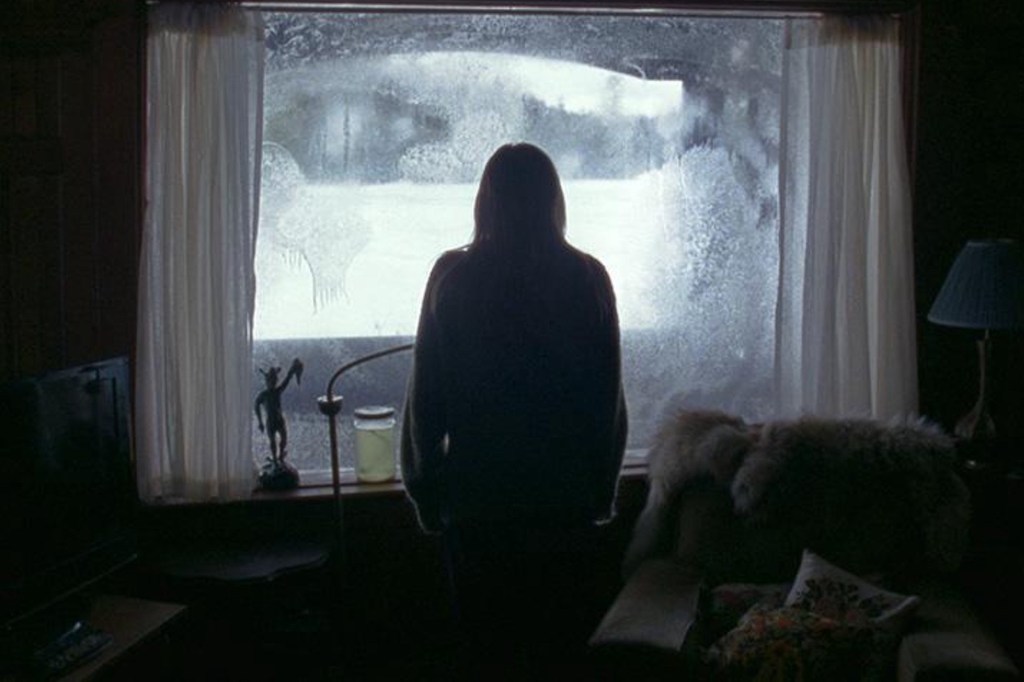
The Lodge (2019)
Psychological thriller The Lodge simply doesn’t work without the five-star effort put forth by star Riley Keough, who stuns as a woman with a thorny past trying desperately to win over her fiancé’s two kids on a Christmas getaway. When her fiancé leaves due to an emergency, she begins to notice strange and inexplicable things happening throughout the titular cabin, and the children watch on as she starts to come apart at the seams.
It’s the nuance in Keough’s performance that conveys the mania of the character’s mind so well. When she’s triggered by demons from her past, you see the panic wash over her like a waterfall, but she never overdoes it. The movie’s ending is so jaw-dropping because Keough has taken us on a journey, illustrating a complete nervous breakdown from beginning to tragic end.
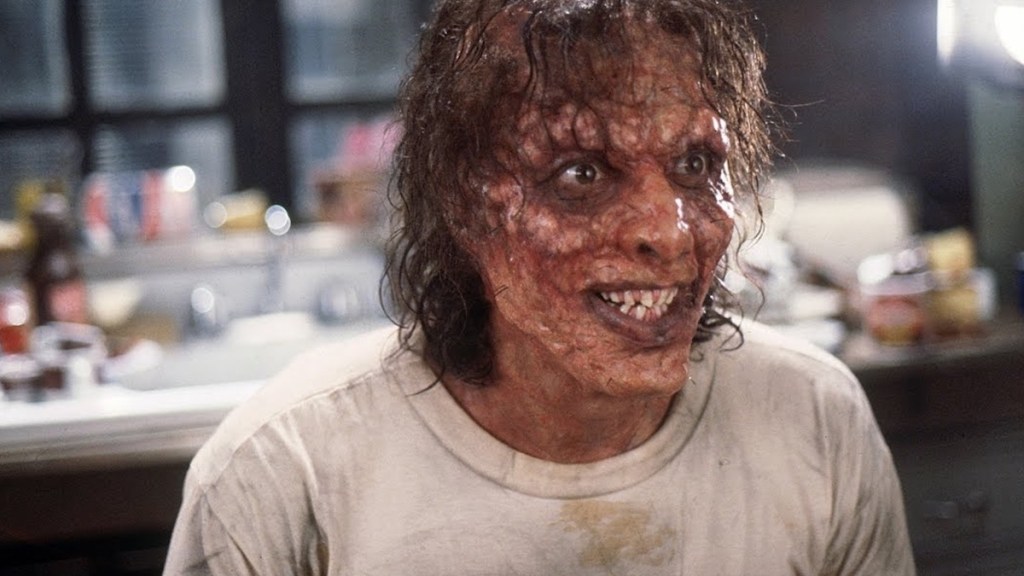
The Fly (1986)
Sci-fi horror doesn’t really get much better than The Fly, does it? David Cronenberg’s body horror masterpiece is required viewing, period. But like all ultra-canonized movies, it’s easy to forget exactly why it’s so highly regarded. In short, it’s such a freaking good horror movie because it makes us afraid of ourselves. It’s triple-distilled existential dread, tapping into the deeply disturbing idea that each one of us might be our own worst nightmare.
But on a purely sensory level, The Fly simply makes the skin crawl like no other movie does. Jeff Goldblum’s unforgettable performance coupled with the genre-defining special effects and makeup makes for some of the most guttural scenes of body transformation and self-mutilation ever put to film. The fingernails. The ear. The ooze. It’s enough to make you want to jump out of your own skin.
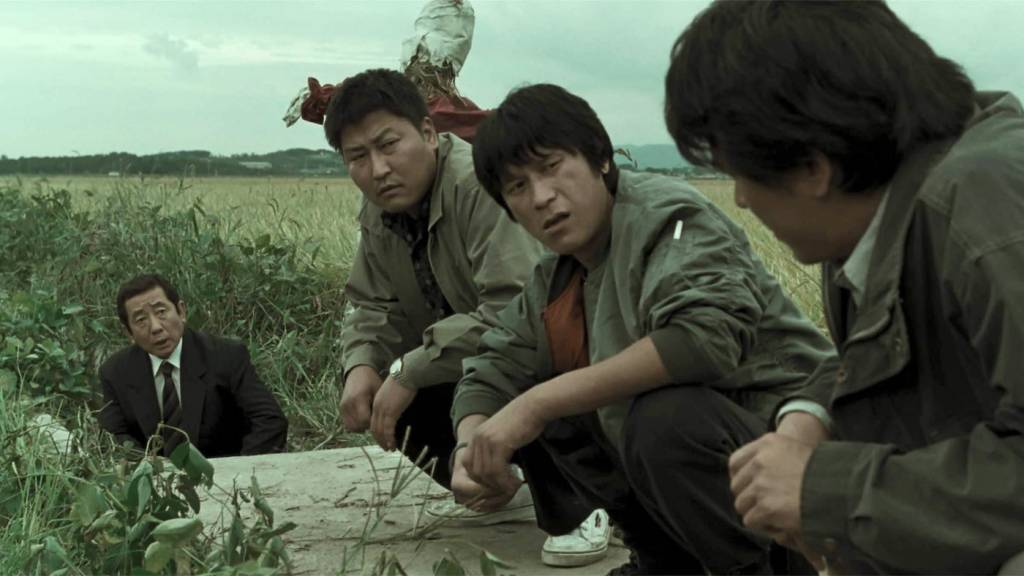
Memories of Murder (2003)
Bong Joon-ho has been steadily proving himself as one of the greatest auteurs of his generation for decades, and his second film, Memories of Murder, still stands as one of the best in his oeuvre. Based on a true story, the film follows a rural cop (Song Kang-ho) and a big city detective (Kim Sang Kyung) as they obsess over unearthing the truth about a string of serial killings, descending into near-madness as they butt heads and meet deadend after deadend in their investigation.
Like most of Bong’s work, Memories of Murder is scary in an understated way that haunts you days, months, even years after you’ve watched it. The human element is the fuel that makes this police procedural so propulsive, with characters that teeter on the edge of sanity whilst still being relatable through and through. With the real-life cold case that inspired the story recently being solved, now is the perfect time to revisit Bong’s early masterpiece.
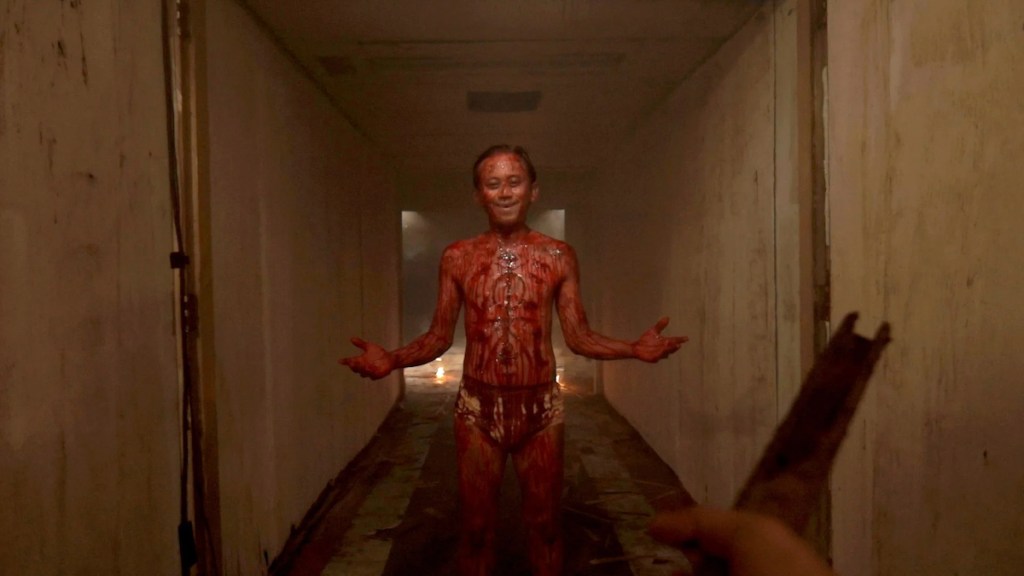
V/H/S/2 (2013)
The first V/H/S was a cool concept, seeing a group of indie filmmaker friends come together to make a found-footage horror anthology tied in a bow by a frame narrative. Its sequel, however, would take that formula and do it even better, with even more inventive bloodsoaked stories than before that use GoPros on zombies and bionic eyes to put new spins on the found-footage concept.
Simon Barrett and Adam Wingard return for the second go-round, joined by a batch of new directors, each with their own visions of terror. Hands down, the standout of the lot is “Safe Haven” by Timo Tjahjanto and Gareth Evans. It’s an absolutely mad tale of a mass suicide cult that is disturbing and freaky as hell from beginning to end and stands to this day as the best short in the entire series.
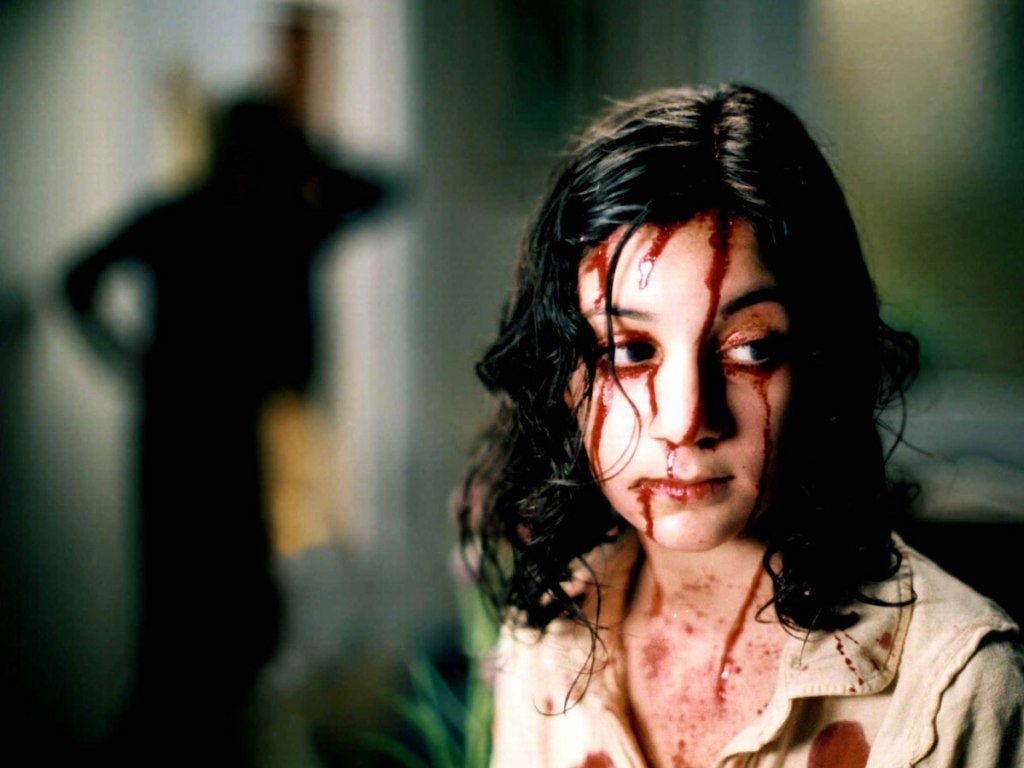
Let the Right One In / Let Me In (2008 / 2010)
It’s not often that an original movie and its remake stand side-by-side as equally great pieces of work, but that’s precisely the case with Tomas Alfredson’s Let the Right One In and Matt Reeves’ remake, Let Me In. The former is a little more effective in the horror department, and the latter fleshes out a couple of the characters in ways that add emotional texture and contrast. One film is not better or worse than the other, and both are mandatory viewing for any true horror fan.
Vampire stories are almost always inherently lustful, so the idea of telling one as a coming-of-age tale between children makes this story truly special. There aren’t many movies in this list that are genuinely heartwarming and sweet, but these two, despite the grisly nature of the material, manage to send you home happy.
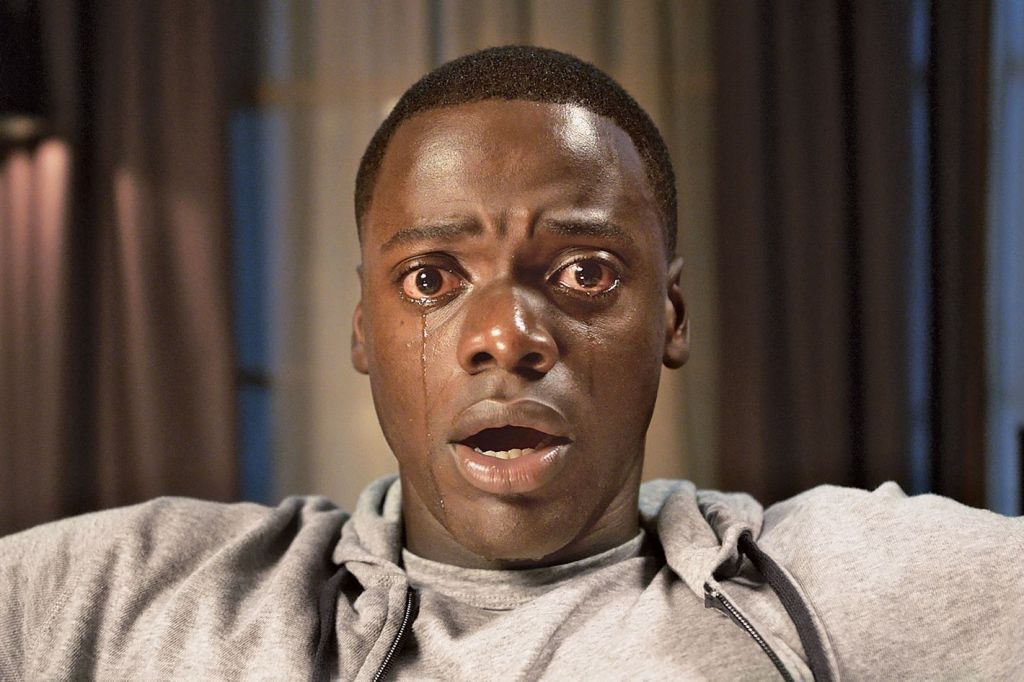
Get Out (2017)
There’s a reason Get Out was such a cultural phenomenon when it debuted back in 2017. It harnessed the power and inherent humor of the horror genre to communicate some of the little (and not so little) horrors that Black people experience when navigating white America. It’s so thought-provoking and psychologically incisive that it’s a wonder racism hasn’t been the subject of more horror movies to this point.
The film almost feels parodic at first until you realize that the scenes of suspense and tension felt throughout the movie are things Black people deal with on a daily basis. There’s a sense of recognition there, too, with many of the uncomfortable scenarios ringing true in hilarious ways for any non-white viewer. Cultural relevance aside, Jordan Peele’s debut feature is a rock-solid horror piece that’s paced impeccably well and entertains as much as it educates.
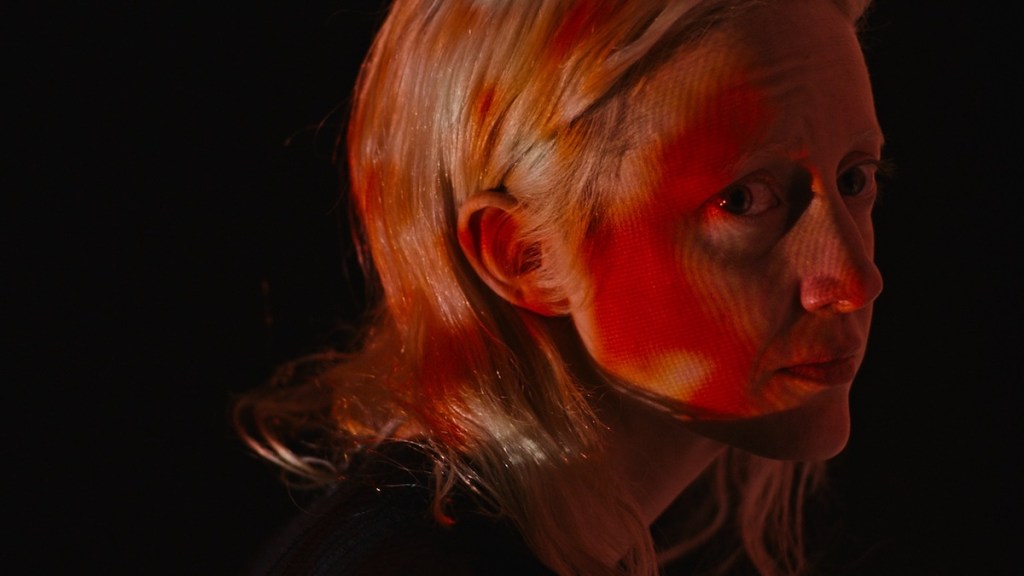
Possessor: Uncut (2020)
It was clear from Brandon Cronenberg’s noxious, provocative debut, Antiviral, that he’d inherited the knack for directing from his father. His riveting second feature, Possessor, even further cements that he’s doing his namesake proud, using visions of eye-popping body horror not only to turn the stomach but to give audiences a deeper insight into the psyche of its tortured heroine.
Andrea Riseborough plays a special agent who wears the skin of others to pull off perfect assassinations in which the culprit, motive, and all evidence is accounted for. Her sense of identity crumbles with each hit, and she finds herself so emotionally distant from her family that she nervously rehearses lines of domestic chit-chat in private before coming home. The film is bleak, graphic, and at times strangely beautiful. Cronenberg has something incredibly poignant to say about tech corporations and their hold on our collective consciousness, and like his father, harnesses the power of sci-fi horror to get his ideas across artfully and intentionally.
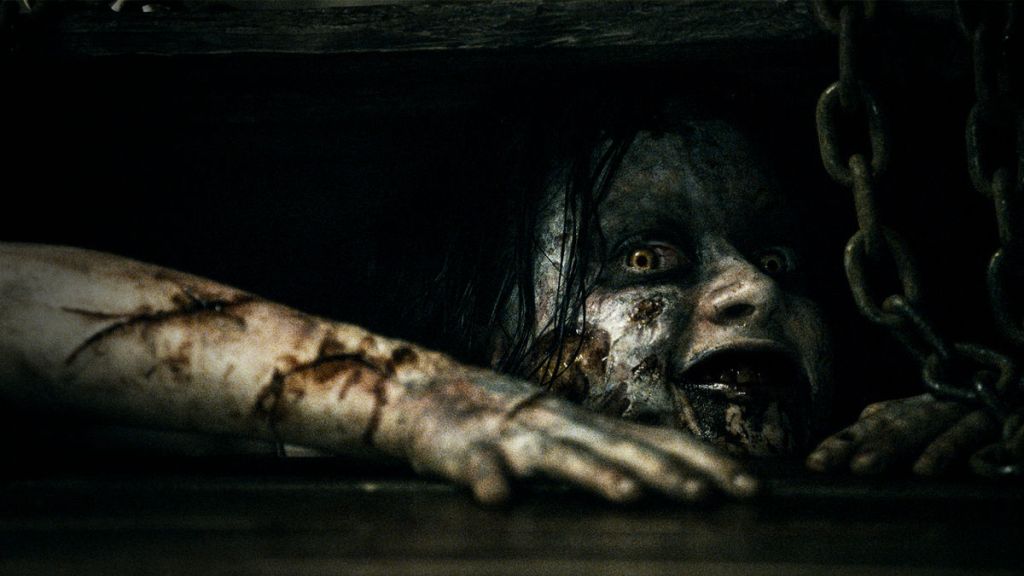
Evil Dead (2013)
Fede Alvarez took on one hell of a job when he decided to remake Sam Raimi’s Evil Dead. Why would anyone do this? The odds of any remake of a classic being received well are slim to none, but Alvarez did it the right way here, using the narrative template from the original as a springboard to make his own horror movie with his own voice. Sure, there are nods to Raimi’s version throughout, but this is a super fun cabin-in-the-woods flick in its own right.
The best part about Alvarez’s approach is that he doesn’t try to chase Raimi’s tone at all. Even scenes pulled directly from the original play out in a completely different way, with the spookiness turned down a bit and the violence turned way up. As modern reboots go, Evil Dead is one of the best, not because of its reverence for the original, but because it understands and embraces that it exists in a new age, serving a new audience.
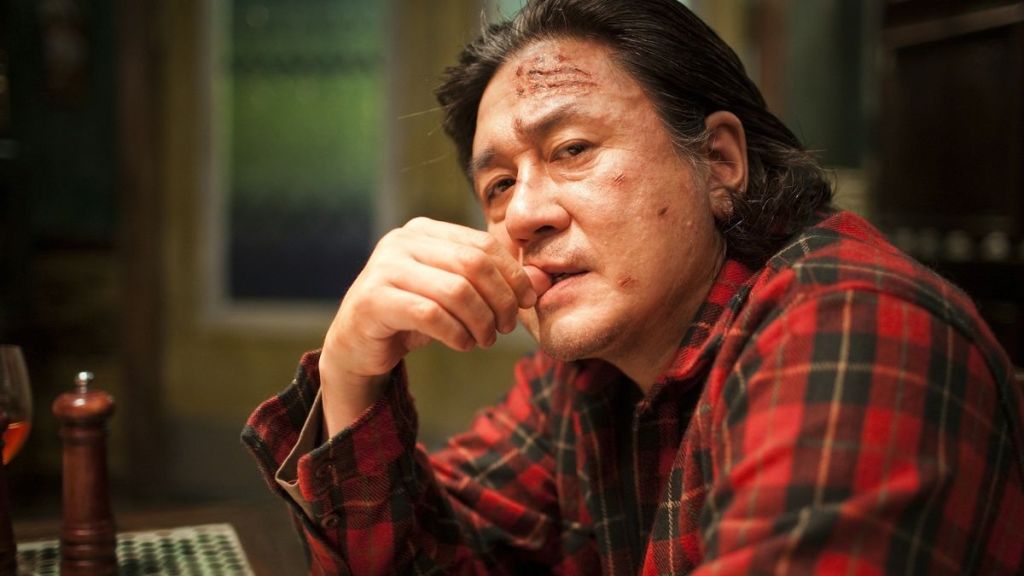
I Saw the Devil (2010)
Revenge often compels people to do truly atrocious, dreadful things. I Saw the Devil illustrates in horrifying detail just how far some people will go to avenge their loved ones, and how their actions reveal that pure evil can, in point of fact, spring forth from good people. The film is an enthralling cat-and-mouse pursuit between a government agent (Lee Byung-hun) and the serial killer who brutally murdered his wife (Oldboy’s Choi Min-sik), following the men as they leave a trail of blood and misery in the wake of their deadly game.
Lee and Choi’s performances are forces of nature, and director Kim Jee-woon keenly taps into the primal nature of the characters’ rage. The violence on display here is about as hard to watch as it gets, not because of the gore (which is, yes, insanely graphic and puke-inducing), but because of the way things are shot. Every cut, every blow, every cruel act of torture is visceral and feels startlingly real. It’s not a film for the faint of heart. But if you can stomach it, it proves to be a deeply felt cautionary tale that will rattle you to the bone.
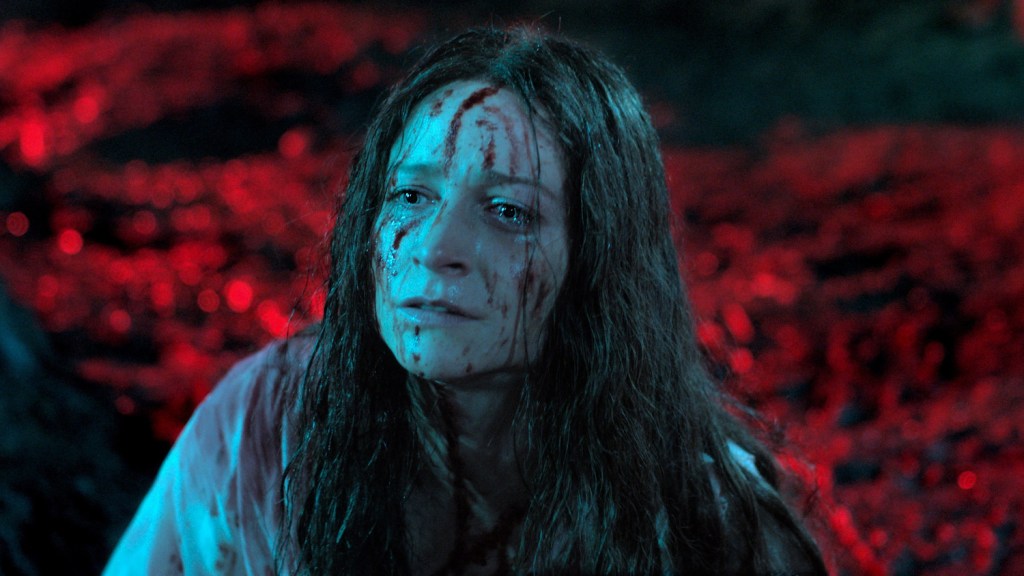
Censor (2021)
The line between fiction and reality is grotesquely contorted in Censor, Prano Bailey-Bond’s unnerving character portrait of a woman named Enid (Niamh Algar) who’s driven to insanity by watching video nasties (lurid underground video cassettes distributed across the UK in the early ‘80s) for a living as a censor. When one nasty hits particularly close to home, she becomes obsessed with the memory of her sister, who mysteriously disappeared when they were young.
Watching Enid lose touch with reality is experiential thanks to Bailey-Bond’s inventive filmmaking style (use of shifting aspect ratios is terrific). The movie’s created video nasties are entrancing, and witnessing Enid’s reactions to them is maybe even better. Algar is tremendous in the film—you can sense Enid slowly losing her grip as the story unfolds… just watch her eyes.
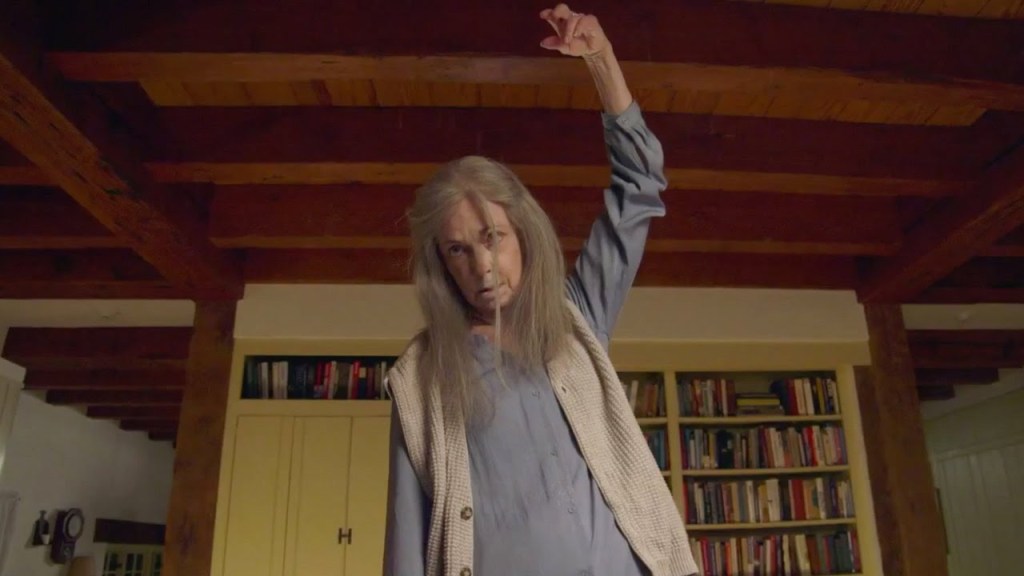
The Visit (2015)
One of the high points of M. Night Shyamalan’s rollercoaster career that doesn’t get talked about enough is The Visit, a tight package of a horror movie whose simplicity and focus play to Shyamalan’s strengths. There’s nothing ostensibly creepy about the premise—a young brother and sister visit their grandparents for a week. But the dark secret of the story emerges in delightfully twisted ways, and the scariest scenes tap into fears that most of us can relate to.
Grandparents’ houses are notoriously creepy for kids, and Shyamalan takes some of those childhood fears and amplifies them. From playing hide and seek under the deck to walking around grandma and grandpa’s creaky old house when the lights are off, the film uses both modern and old school horror tricks to make us shiver underneath the covers just like we used to do when we were young. Note to kids with grandparents who have creepy houses: Avoid watching The Visit at all costs.
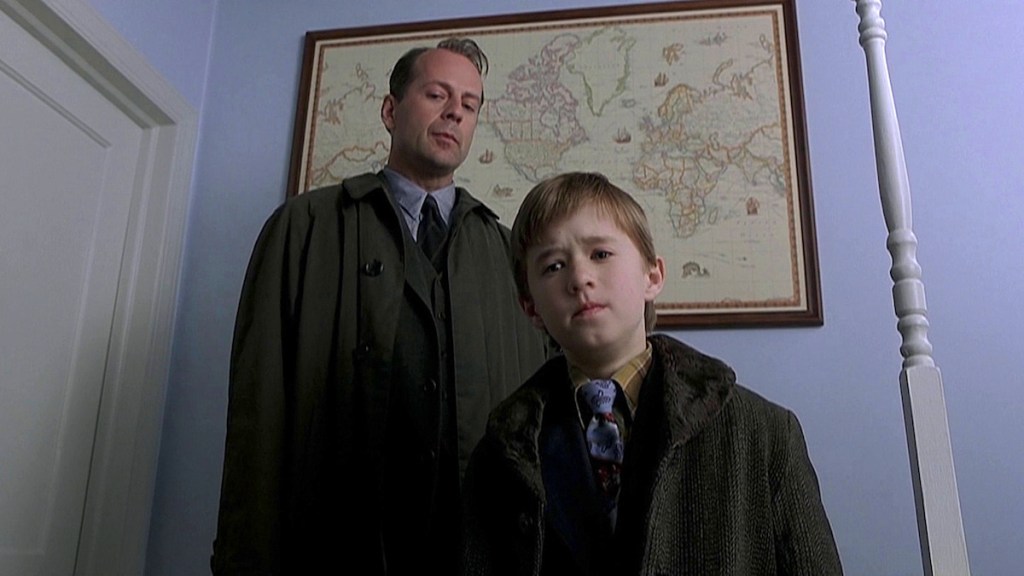
The Sixth Sense (1999)
If you’re that rare unicorn out there who somehow, in some way, doesn’t know The Sixth Sense’s twist ending, watch this movie immediately and prepare to be amazed. We all envy you. For the rest of us, M. Night Shyamalan’s iconic ghost story is worthy of a rewatch for myriad reasons. Bruce Willis and Haley Joel Osment are one of the most magical onscreen duos in movie history, Shyamalan’s moody direction is impeccable, and the script ages incredibly well.
Part of the reason the movie is still so enjoyable to watch is the fact that its plot mechanics aren’t the only thing it has going for it, despite the plot being the one thing most people remember it for. Beyond the twists and turns, the story has real soul to it, and the themes of loss and regret sting so bad by the end that it actually winds up being cathartic rather than sorrowful. And let’s not understate how powerful the film is cinematically—that twist would mean nothing if Shyamalan and co. didn’t shoot the film in precisely the manner they did.
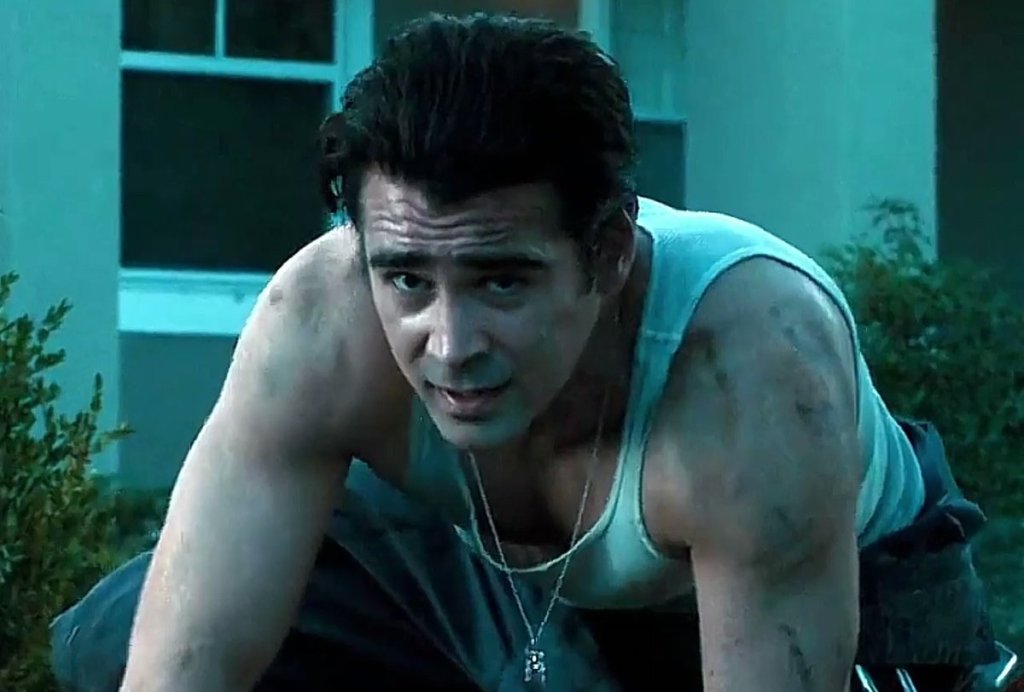
Fright Night (2011)
There are far scarier movies on this list than Fright Night, the 2011 remake of the 1985 horror-comedy romp directed by Tom Holland (not that one, kids). Helmed by I, Tonya director Craig Gillespie, the remake is a glowing example of how to update an older property the right way. It identifies the strength of the original concept, subverting vampire lore in a playful way, while also infusing enough style and wit to make it feel distinctive from the original.
The late, great Anton Yelchin plays a somewhat nosy teenager who discovers he has an handsome older vampire (Colin Farrell) living next door, who also may be responsible for the disappearance of several kids at his high school. The script, by Buffy alum Marti Noxon, is clever and funny, though as previously mentioned, the fear factor is low on this one. If for no other reason, Fright Night is worth a watch simply as a reminder of the beautiful talent we lost in Yelchin.
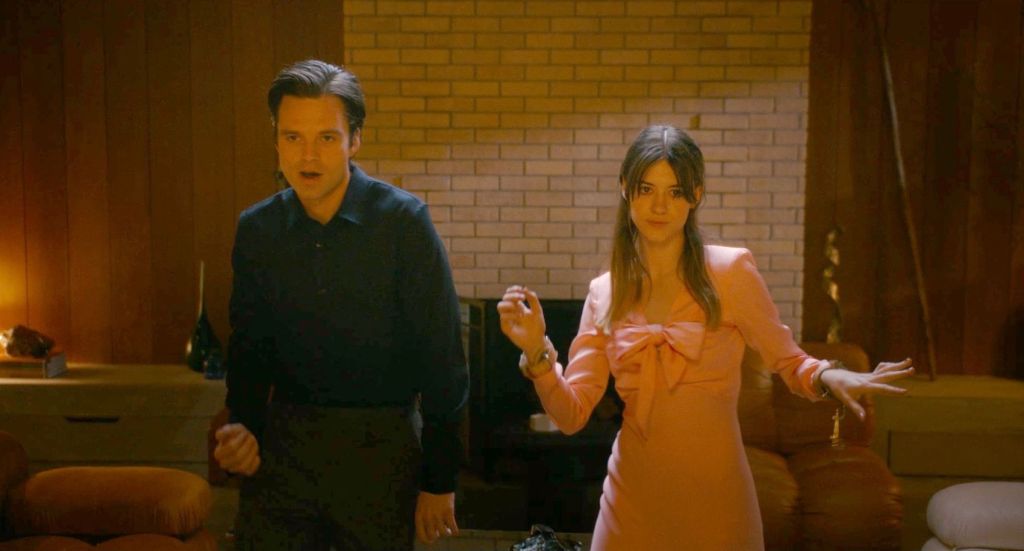
Fresh (2022)
A particularly sinister take on the captive horror subgenre, Mimi Cave’s Fresh explores the perils of dating in unexpected ways to say the least. Noa (Daisy Edgar-Jones) meets up with Steve (Sebastian Stan) the old-fashioned way, by giving him her number. They hit it off, but after a few dates she discovers that she’s gotten herself involved in a relationship so demented that it may cost her her life.
It’s best to go into Fresh knowing as little as possible. It’s suggestive, smart, and explores themes of gender dynamics, social status, and violence in interesting ways. From the second act on, the movie is absolutely grisly and ends in an explosion of graphic violence. But the material uses subversive humor to keep things entertaining, like when a Black bartender named Paul (Dayo Okeniyi) does something we rarely see in horror movies: instead of trying to be a hero at the movie’s climax, he follows his gut and gets the hell out of dodge, muttering to himself as he drives away from danger, “We’ve seen this movie…we don’t make it out this bitch alive and we know this.”

As Above, So Below (2014)
Back in 2014, as found-footage movies clung onto their novelty for dear life and the subgenre became increasingly irrelevant, As Above, So Below stood out for its conceptual strengths alone. It’s a horror movie set in the depths of the Paris catacombs, which makes so much sense that the scares practically write themselves. The catacombs are naturally dark and cramped, which makes it a natural fit not just for a horror film, but for a handheld, found-footage horror film at that.
Aside from the power of the setting, the film benefits from a genuinely likable protagonist played by Perdita Weeks, whose charm and empathy acts as a much-needed lifeline throughout the film, especially in a pursuit later in the film that sees her character confront some demons from her past.

Little Monsters (2019)
As time goes on, it only becomes harder for filmmakers to come up with unique riffs on the zombie movie. But with Little Monsters, Australian filmmaker Abe Forsythe offers up a concept that delivers all of the viscera and violence one expects from a zombie flick and cuts through all of the carnage with sharp, punchy humor á la Shaun of the Dead and Zombieland. An elementary school teacher (Lupita Nyong’o), a crusty man-child (Alexander England), and a children’s TV host (Josh Gad) must shelter a class of youngsters from a zombie outbreak in creative ways, like leading a singalong of “Wheels On the Bus” on a moving tractor as a horde of zombies follows close behind.
The movie is all about zany juxtapositions, whether it be a Gad’s Teddy McGiggle dropping a bombardment of F-bombs on the kids’ little ears, or the fact that an actor of Nyong’o’s stature would do a movie this wacky at this stage in her career. Little Monsters is wall-to-wall entertainment, and while it works well as a lazy Sunday afternoon watch, getting together with friends to enjoy the mayhem is optimal.
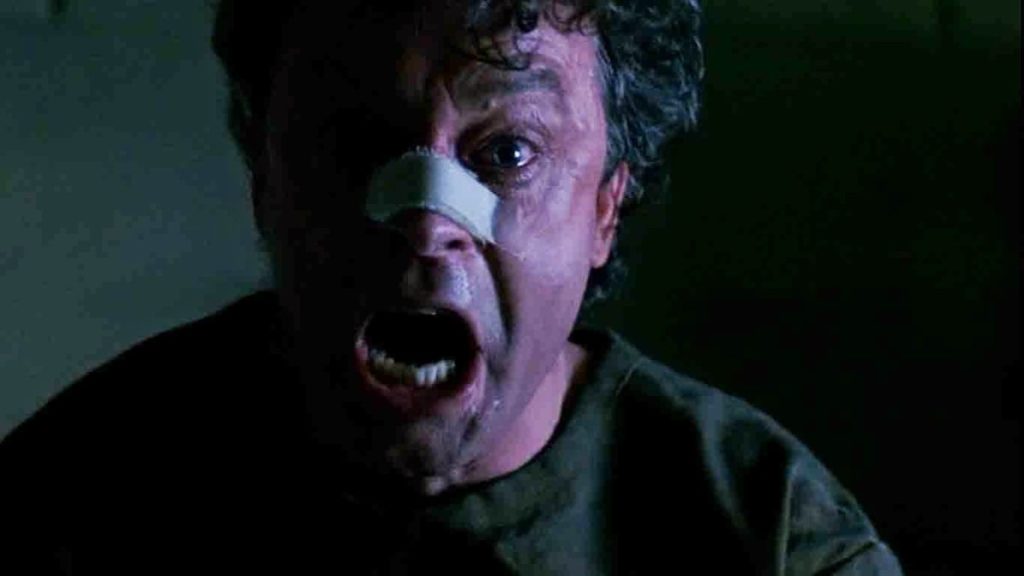
The Exorcist III (1990)
It’s a shame that The Exorcist III often gets miscategorized as an unnecessary horror movie sequel simply because the legacy of the original Exorcist is so canonized. It couldn’t possibly live up to the standard of the original film, could it? And yet, if you actually go out of your way to watch it, it is unequivocally worthy of its lineage, though by no means is it bound by it. The threequel is directed by William Peter Blatty, who adapted The Exorcist to the big screen from his own novel and based The Exorcist III on another of his books, Legion. The studio forced him to include overt connections to the first movie against his will, but even these shoehorned references can’t distract from the fact that the movie is an absolute horror powerhouse.
There’s no better demonstration of the film’s greatness than a scene midway through involving a seemingly innocuous long shot of a hospital hallway that builds tension in the most brilliant way—by staying absolutely still for a seemingly absurd amount of time. We see a nurse working at a reception desk. It’s quiet. She checks on patients’ doors, then goes back to the desk. Then, the security guard leaves. Then, she checks on another door. And then…well, just do yourself a favor and watch.
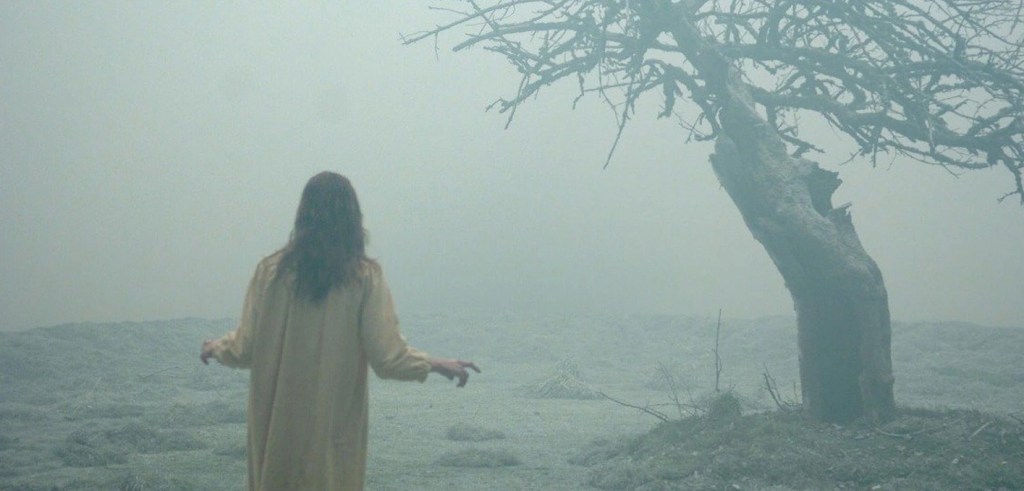
The Exorcism of Emily Rose (2005)
To this day, 2005’s The Exorcism of Emily Rose stands out as one of the most unique horror movies of the modern era. Based on a true story, the film follows the trial of a priest (Tom Wilkinson) who’s accused of murdering a teenage girl he was performing an exorcism on, and his defense attorney (Laura Linney), a non-believer who takes her job of defending the priest seriously despite her lack of faith. The movie largely takes place in the courtroom, but the gravity of the true story and its religious and psychological implications make it frightening on a deeper level than most supernatural entries in the genre.
The philosophical push and pull between Wilkinson and Linney is the crux here, but Jennifer Carpenter as Emily does a fine job of selling the troubled girl’s plight as well. The demonic scenes shown from her perspective are typical possession horror fare, but within the context of the overarching ethical quandaries, they certainly strike a chord.
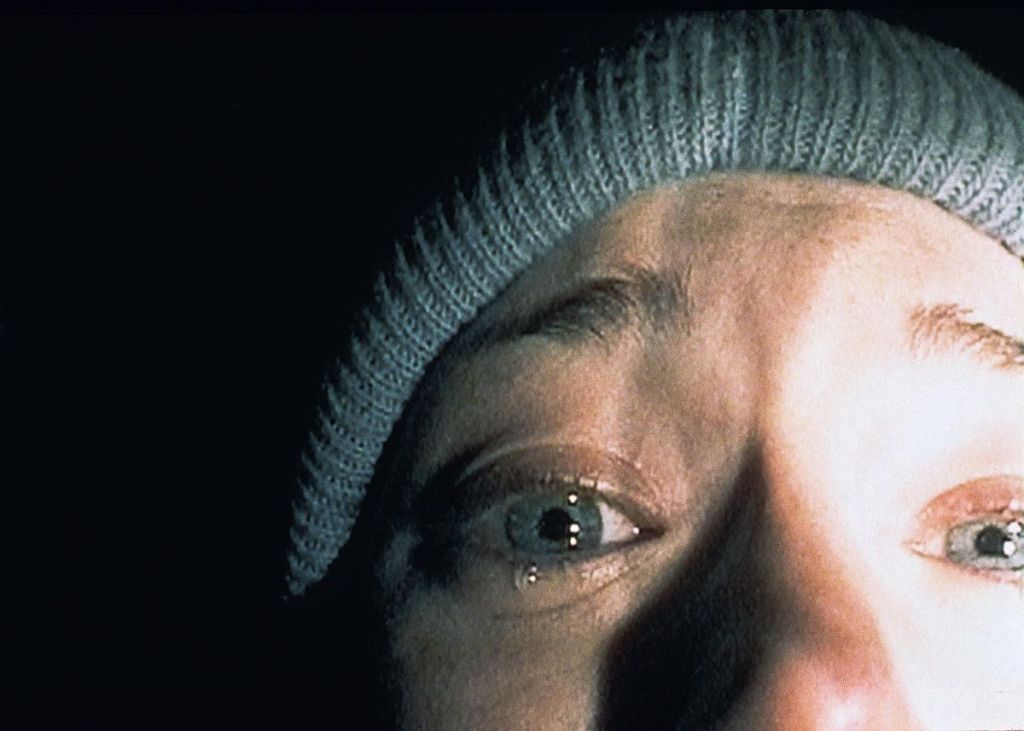
The Blair Witch Project (1999)
At the time of its release, The Blair Witch Project was a complete game-changer. Found footage horror wasn’t really a thing, at least in the mainstream (big ups to Cannibal Holocaust), so people came out in droves to see what all of the fuss was about. It ultimately earned $248.6 million at the box office despite costing under $1 million to make, and it went on to spawn a long-running, lucrative franchise that’s popular to this day.
The strength of the original movie is that it’s actually a pretty streamlined, straightforward horror story at its core, and the found-footage format adds to the illusion that what you’re seeing actually happened, or at least could happen. Some of the spookier scenes like the tent and the climactic pursuit feel a little tame in hindsight considering all of the countless riffs on found footage we’ve seen in the decades since the movie was released. But it’s still fun to go back and watch the genesis of what would go on to become one of the most popular horror subgenres there is.
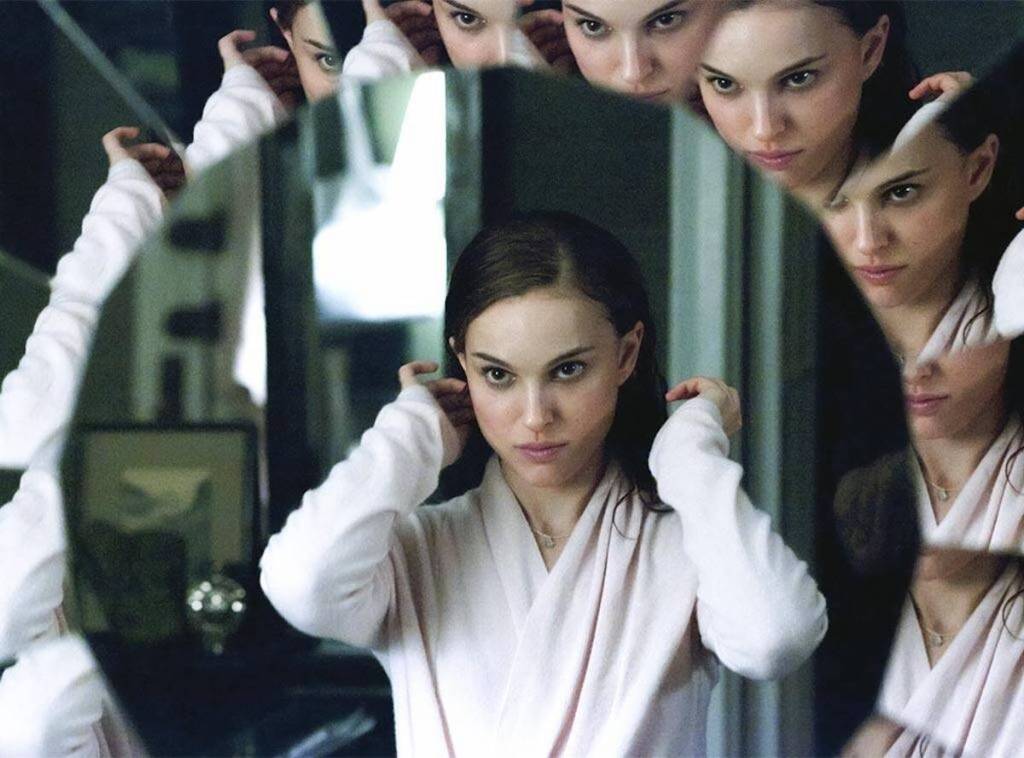
Black Swan (2010)
Darren Aronofsky movies are meant to make you feel uncomfortable. They’re not for everyone, but there’s beauty buried underneath the layers of suffering. This is in full display in Black Swan, his bone-crunchingly honest portrait of Nina (Natalie Portman, in her bravest performance) who loses herself in violent fashion when cast as the Black Swan in Tchaikovsky’s Swan Lake ballet. The pursuit of perfection acts as a poison in this dark tale, and Nina’s obsession with her craft threatens to consume her whole.
Aronofsky and cinematographer Matthew Libatique’s visual style is incredibly evocative here, engendering claustrophobia and frenetic movement in scenes of high anxiety (which is, honestly, most of the movie). Nina’s descent into madness is fascinating to watch, with the more hallucinatory moments (the mirror, the avian transformation) placing the movie squarely in the horror category.
